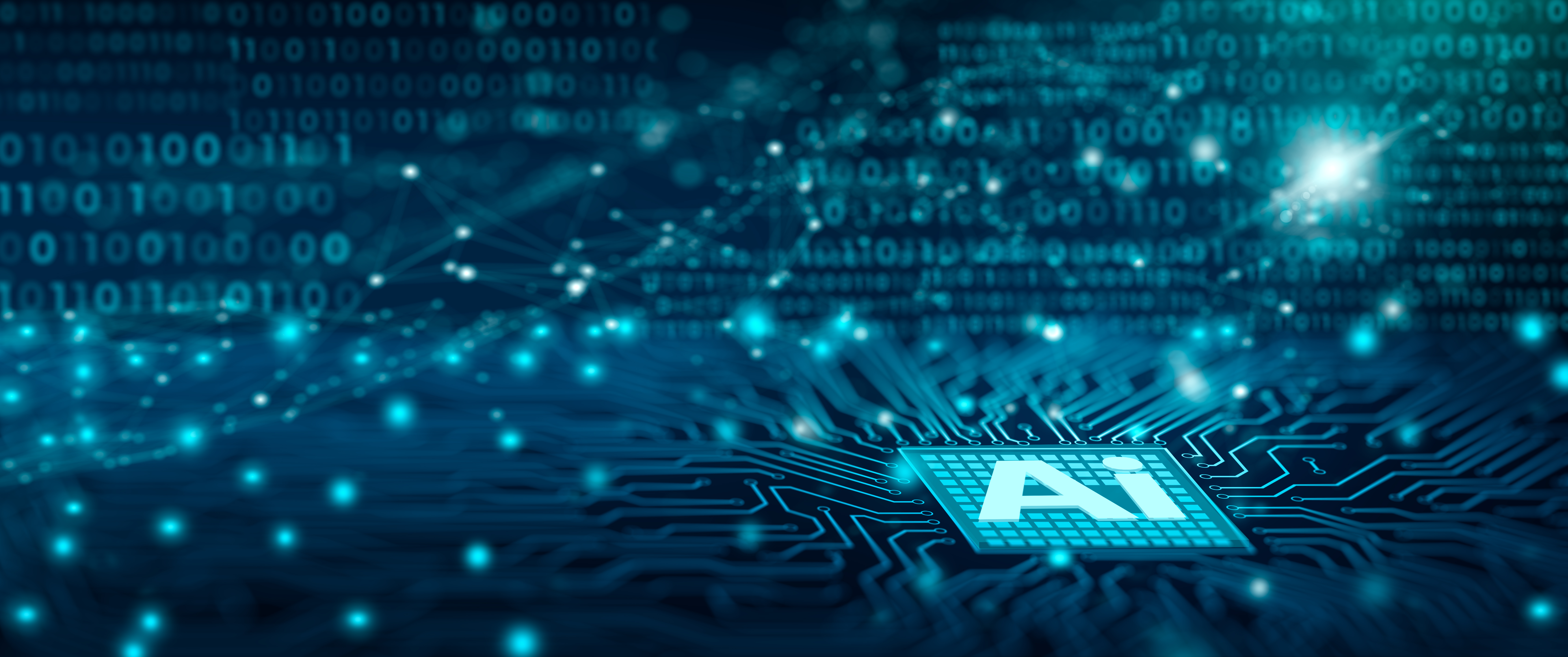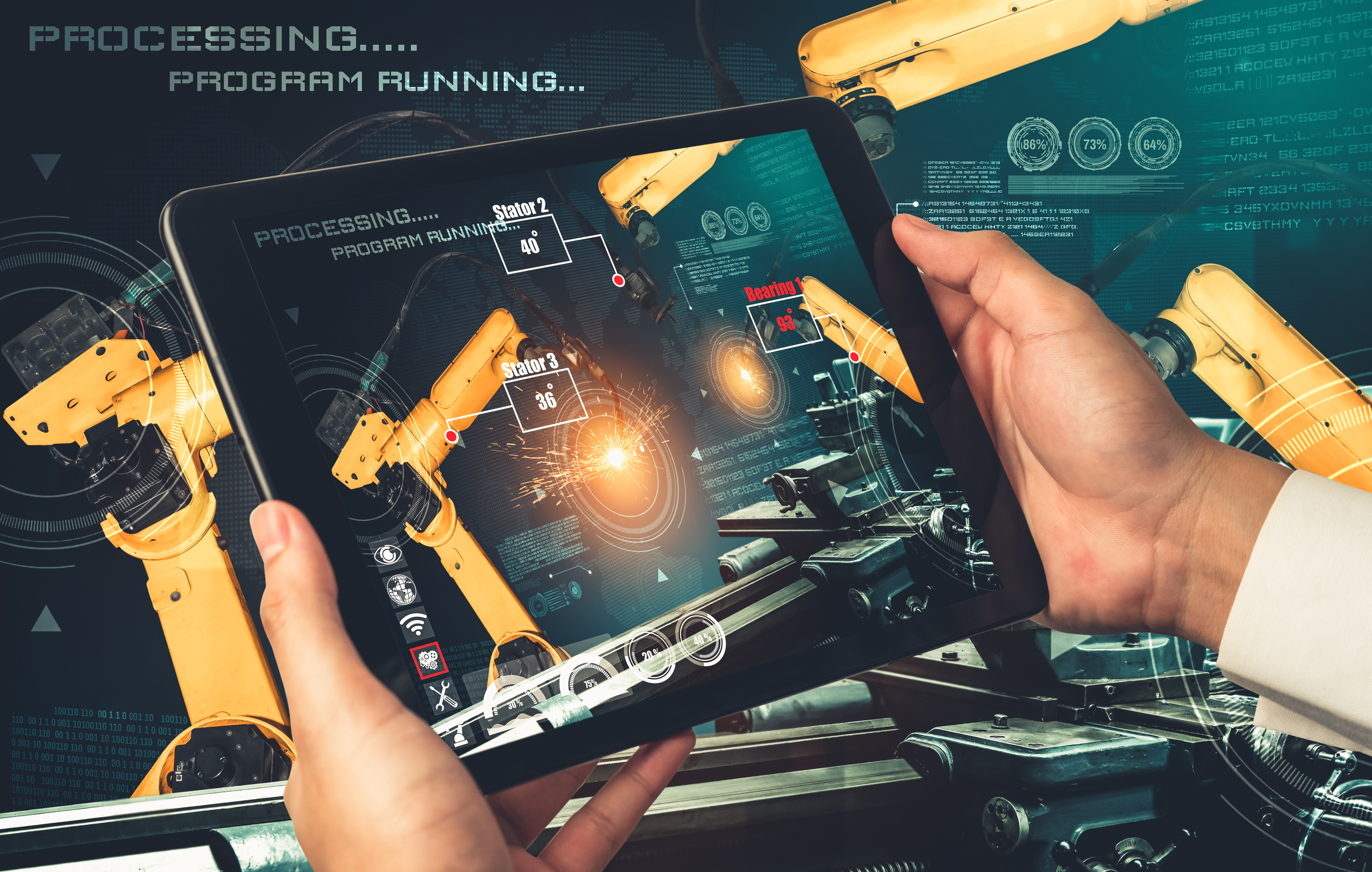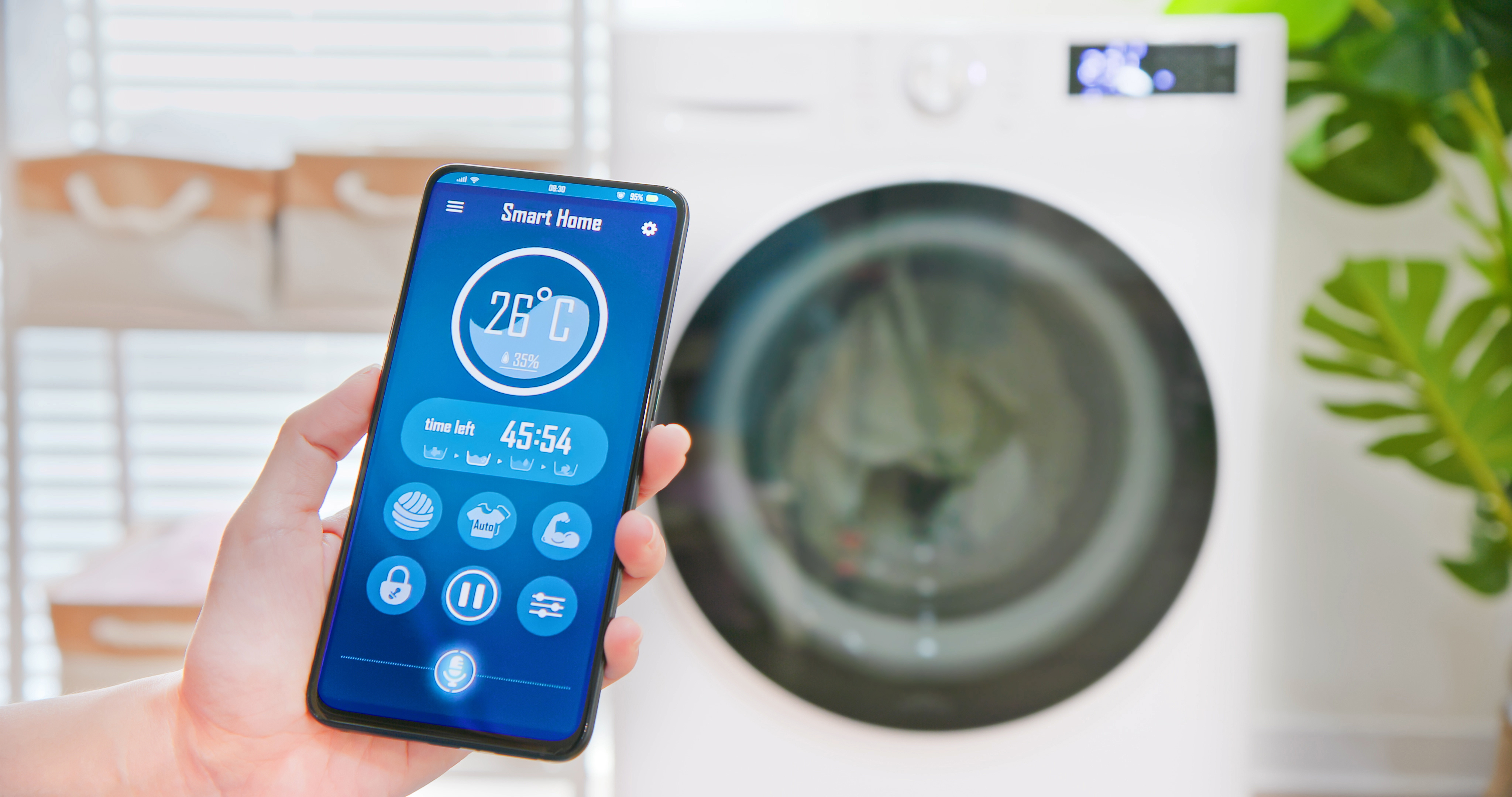Data Connectivity and Interaction
Nuvoton technologies enable smart toys and board games to be data-connected and interactive, making the games more engaging. For example, with NFC technology, players can interact with game pieces easily, triggering various game events and effects.
| Applicable Development Board | |
|---|---|
|
NuMaker-HMI-MA35D1-S1 |
1. Biometric Recognition Example: Patient identification for smart healthcare devices Integrating biometric recognition technology, such as fingerprint or iris scanning, into medical devices or systems.
2. Object Classification Example: Product management in smart retail stores In retail environments, such as smart supermarkets or warehouses, camera systems are utilized to monitor product displays. |
|
NuMaker-HMI-M467 NuMaker-IoT-M467 |
1. Vibration Detection Example: Smart fitness equipment Integrating vibration sensors into fitness gear, such as running shoes or fitness trackers.
Example: Smart home entertainment systems Incorporating microphones and the Cortex-M4 processor into home entertainment systems, such as smart TVs or sound systems.
Example: Smart conferencing systems Integrating gesture recognition technology into projectors or display devices in conference rooms. |
|
NuMaker-M55M1 |
1.Vibration Detection Utilizing the M55M1 development board's precise analog-to-digital conversion and data processing capabilities, highly sensitive vibration detection of devices can be achieved. This vibration detection is crucial for predictive maintenance, fault diagnostics, and user feedback. For instance, in industrial equipment, vibration data can be used to predict mechanical wear, while in consumer electronics, vibration feedback provides haptic experiences, enhancing user interaction. 2. Keyword Detection The M55M1 development board's efficient DSP and NPU make it suitable for implementing keyword detection functionalities, which are essential for wake-word-enabled devices and voice-controlled appliances. Users can activate devices with specific wake words, enabling further voice command operations, leading to touchless control and an enhanced user experience. 3. Gesture Sensing By leveraging the M55M1 development board's image processing capabilities and machine learning algorithms, advanced gesture recognition can be realized. This gesture-sensing technology empowers users to interact with devices through simple hand gestures without the need for physical touch. It is particularly valuable in improving usability and accessibility, especially in public interactive screens and smart home systems. 4. Biometric Recognition The M55M1's powerful processing capabilities and algorithmic support make it well-suited for implementing biometric recognition functions, such as fingerprint recognition, facial recognition, or iris scanning. These features play a key role in enhancing security and enabling personalized services and can be utilized for personalized device access, secure payments, and authentication. 5. Object Classification Harnessing the M55M1 development board's high-speed processing and deep learning capabilities, complex object classification tasks can be achieved. In connected devices and smart systems, this technology can be employed to identify and classify various objects, leading to more intelligent environmental responses and user interactions. For example, smart retail systems can utilize object classification to recognize and track products, providing personalized shopping recommendations. |





